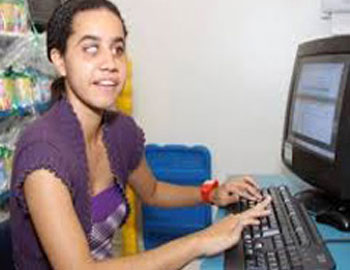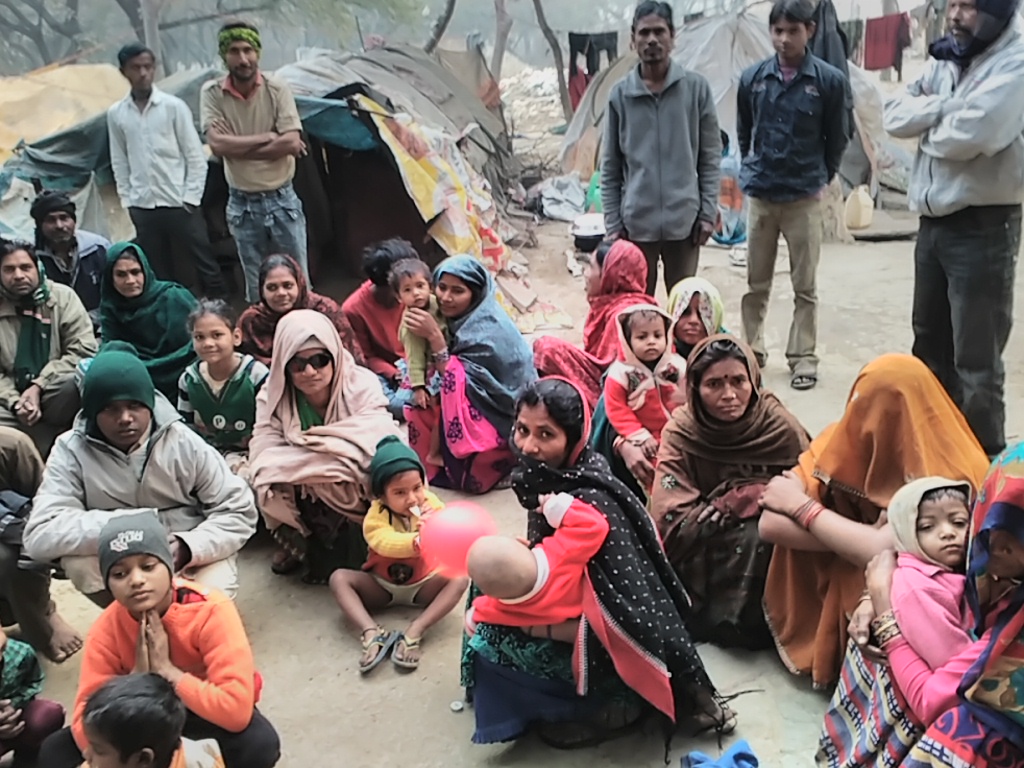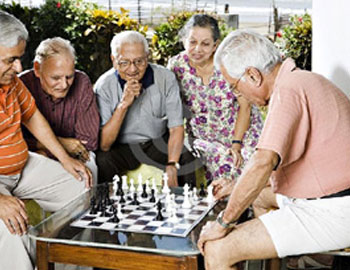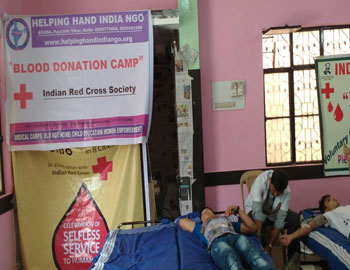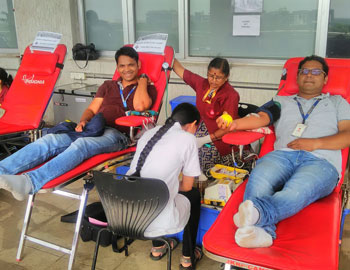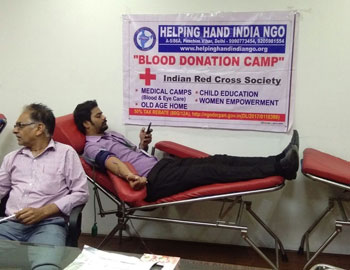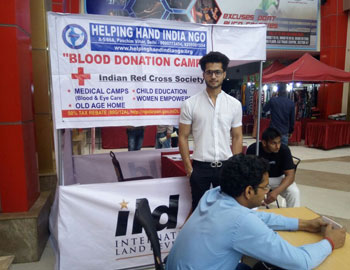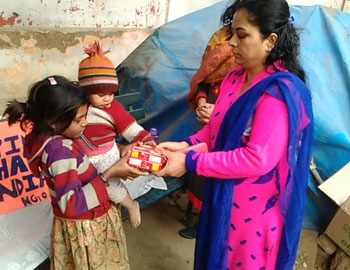No products in the cart.
Helping Hand India Ngo is constantly working to end this social evil. About 1.4 million child labourers in India in the age group of 7-14 years can’t write their names, This means one in three child labourers in the said age group are illiterate. This is the grim reality of children who work for more than six months in a year. There is a high potential of early school leavers and those not learning at school to remain outside the world of employment. These children when they grow remain at a risk of not having secured jobs and thus remain trapped in the intergenerational cycle of poverty and deprivation. If everyone takes their responsibility, all children can go to school. Activities are initiated within existing community groups, in cooperation with local authorities, to ensure the rights of all children. Poverty is no excuse. A child labour free zone is a defined area, such as a village or a plantation, where everyone is convinced that ‘No child should be working, every child should be in school!’ Teachers, local authorities, village leaders, employers, parents and children in these zones work together to get children out of work. It is imperative to relook at what we as a nation are investing in our children’s education. Child labour is reportedly highest among Scheduled Tribes, Muslims, Schedule Castes and OBC children, despite aggressive reservation policies favouring this demographic. Thousands of children are still toiling for 14-16 hours a day, in labour intensive professions such as farming, stone cutting sector, mining industry, and zari and embroidery works.
“A clean India would be the best tribute India could pay to Mahatma Gandhi on his 150 birth anniversary in 2019,” said Shri Narendra Modi as he launched the Swachh Bharat Mission at Rajpath in New Delhi. On 2nd October 2014, Swachh Bharat Mission was launched throughout length and breadth of the country as a national movement.

